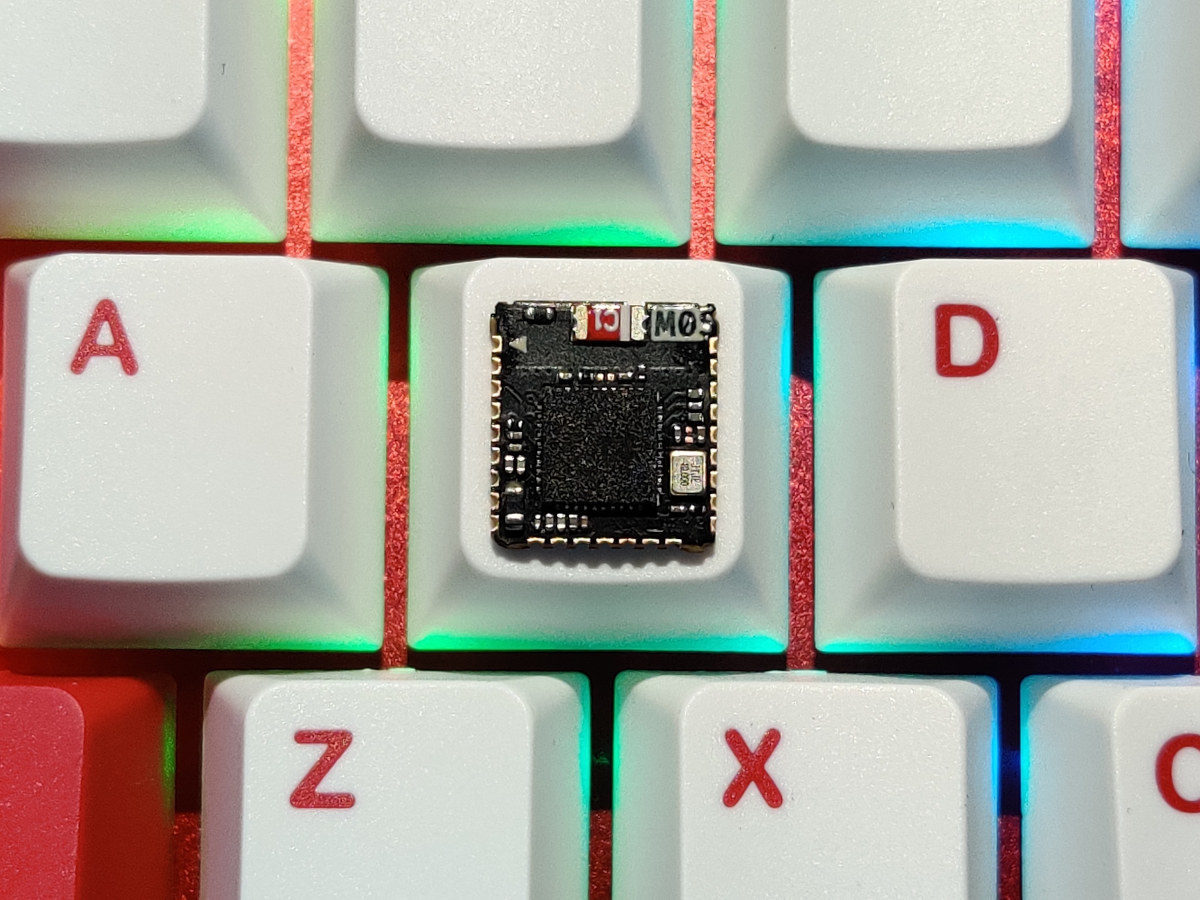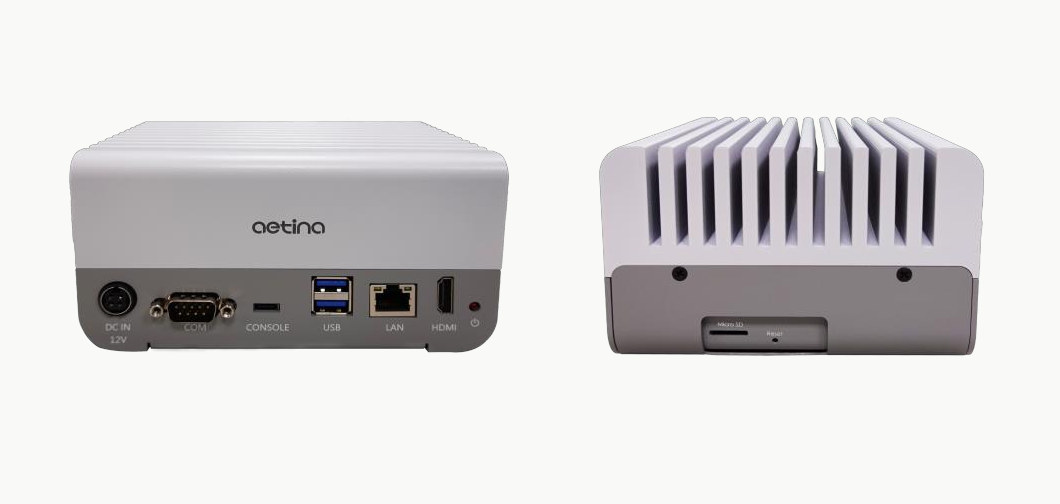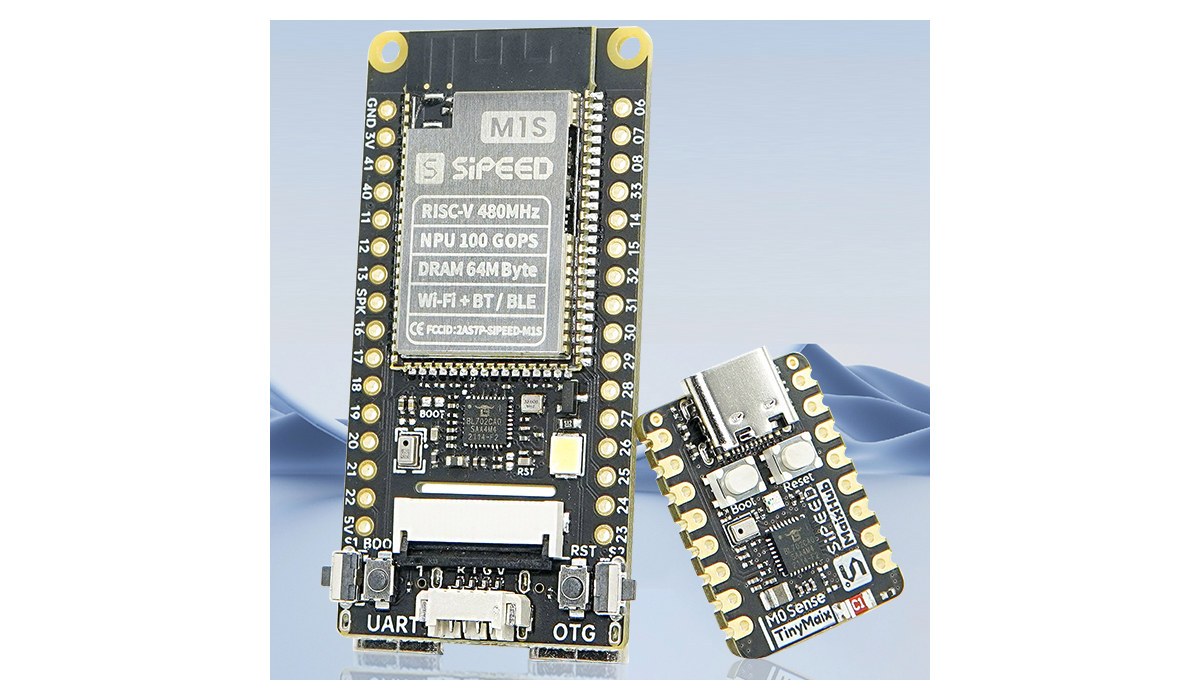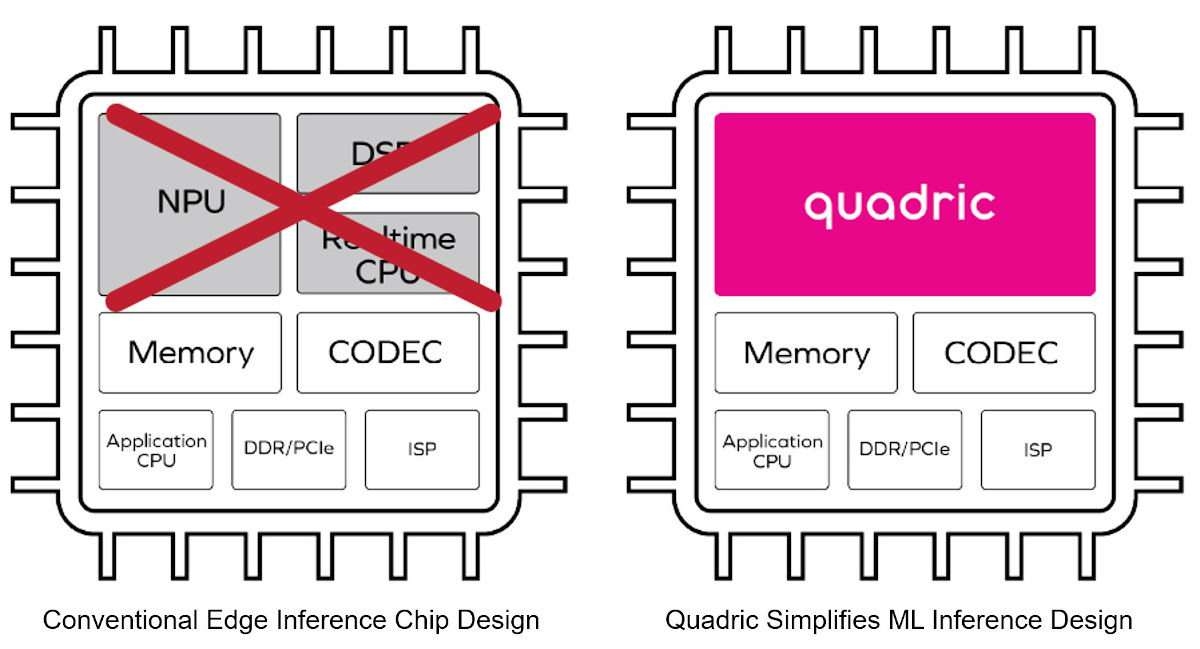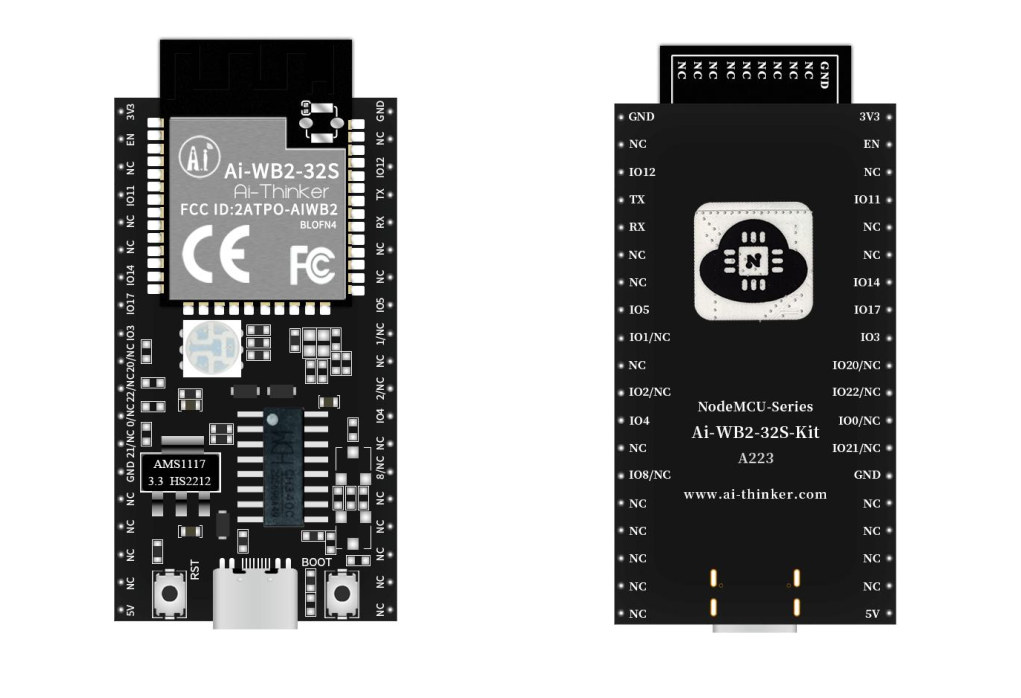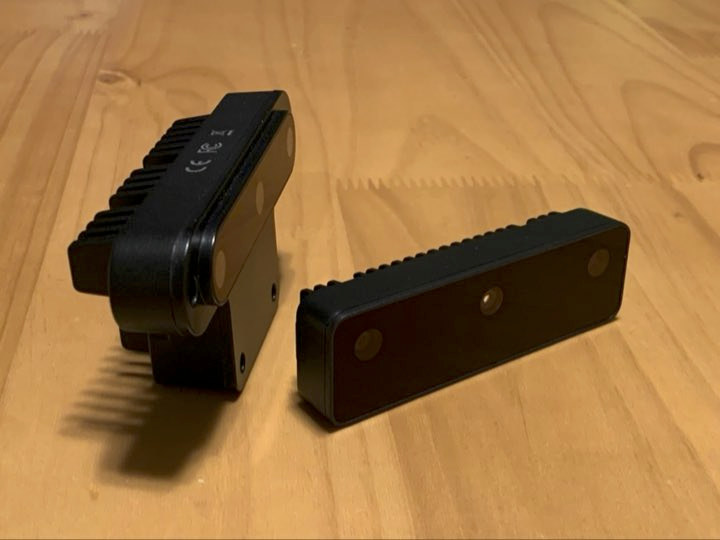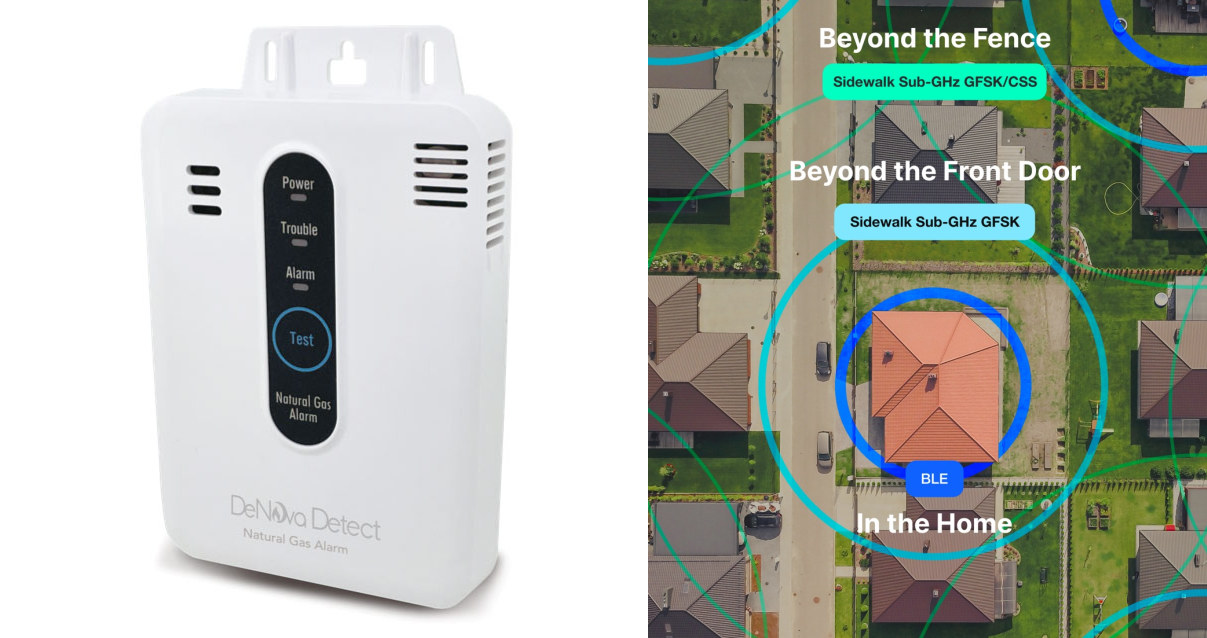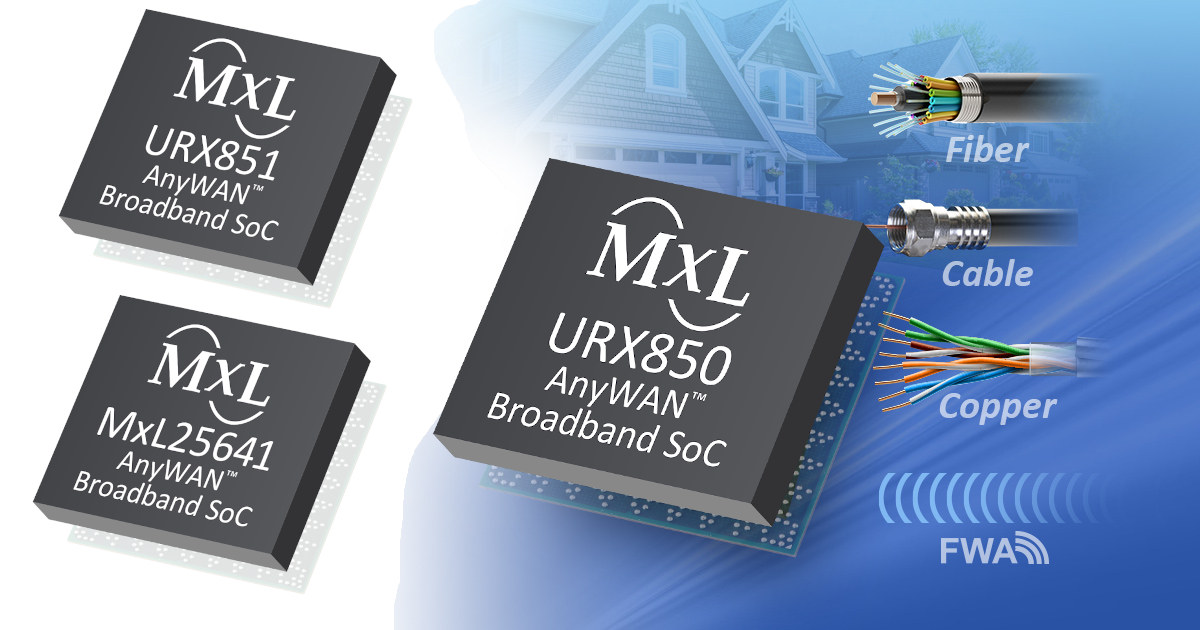Bouffalo Lab BL616/BL618 is a 32-bit RISC-V wireless microcontroller with support for 2.4 GHz WiFi 6, Bluetooth 5.2 dual-mode, and an 802.15.4 radio for Zigbee, Thread, and Matter designed for IoT applications. We first spotted the BL616 RISC-V IoT MCU during the BL602/BL606 announcement in November 2020, but we had virtually no additional information about it so far. It appears both BL616 and BL618 will be launched next month with the main difference between the two being that BL616 has 19 GPIOs and BL618 comes with 35 GPIOs. Bouffalo Lab BL616 and BL618 specifications: MCU core – 32-bit RISC-V CPU (RV32IMAFCP) @ up to 320 MHz with FPU and DSP, 32KB instruction cache & 16KB data cache VPU – MJPEG video encoder Memory – 480KB SRAM, 4KB HBN RAM, embedded 4 or 8MB pSRAM (optional) Storage – 128KB ROM, 4Kb eFuse, embedded 2, 4, or 8MB flash (optional), XIP QSPI […]
Aetina launches ASIC-based Edge AI system with a 16 TOPS Blaize P1600 embedded SoM
Aetina AIE-CP1A-A1 is a compact, ASIC-based Edge AI system powered by the Blaize Pathfinder P1600 embedded system-on-module (SoM) equipped with dual-core Cortex-A53 processor, the Blaize Graph Streaming Processor (GSP) architecture delivering up to 16 TOPS, and 4GB RAM. The Aetina AI inference system also comes with 8GB eMMC flash, HDMI video output, Gigabit Ethernet, two USB 3.2 ports, and a serial interface, with the small-sized embedded computer targetting computer vision applications such as object detection, human motion detection, and automated inspection. Aetina AIE-CP1A-A1 specifications System-on-Module – Blaize PathFinder P1600 SoM SoC – Blaize 1600 dual ArmCortex A53 processor with H.264/H.265 encode and decode, MIPI CSI/DSI camera interfaces, PCIe Gen 3.0, Blaize GSP 16 TOPS AI accelerator supporting INT8, INT16, BF16, FP16, FP32, and FP64 data formats System Memory – 4GB LPDDR4 Storage – 64 MB Quad SPI NOR Flash Carrier board interface – 400-pin board-to-board connector Cooling – Thermal transfer […]
Sipeed M1s & M0sense – Low-cost BL808 & BL702 based AI modules (Crowdfunding)
Sipeed has launched the M1s and M0Sense AI modules. Designed for AIoT application, the Sipeed M1s is based on the Bouffalo Lab BL808 32-bit/64-bit RISC-V wireless SoC with WiFi, Bluetooth, and an 802.15.4 radio for Zigbee support, as well as the BLAI-100 (Bouffalo Lab AI engine) NPU for video/audio detection and/or recognition. The Sipeed M0Sense targets TinyML applications with the Bouffa Lab BL702 32-bit microcontroller also offering WiFi, BLE, and Zigbee connectivity. Sipeed M1s AIoT module The Sipeed M1S is an update to the Kendryte K210-powered Sipeed M1 introduced several years ago. Sipeed M1s module specifications: SoC – Bouffalo Lab BL808 with CPU Alibaba T-head C906 64-bit RISC-V (RV64GCV+) core @ 480MHz Alibaba T-head E907 32-bit RISC-V (RV32GCP+) core @ 320MHz 32-bit RISC-V (RV32EMC) core @ 160 MHz Memory – 768KB SRAM and 64MB embedded PSRAM AI accelerator – NPU BLAI-100 (Bouffalo Lab AI engine) for video/audio detection/recognition delivering up […]
Quadric Chimera GPNPU IP combines NPU, DSP, and real-time CPU into one single programmable core
A typical chip for AI or ML inference would include an NPU, a DSP, a real-time CPU, plus some memory, an application processor, an ISP, and a few more IP blocks. Quadric Chimera GPNPU (general purpose neural processor unit) IP combines the NPU, DSP, and real-time CPU into one single programmable core. According to Quadric, the main benefit of such design is simplifying system-on-chip (SoC) hardware design and subsequent software programming once the chip is available thanks to a unified architecture for machine learning inference as well as pre-and-post processing. Since the core is programmable it should also be future-proof. Three “QB series” Chimera GPNPU cores are available: Chimera QB1 – 1 TOPS machine learning, 64 GOPS DSP capability Chimera QB4 – 4 TOPS ML, 256 GOPS DSP Chimera QB16 – 16 TOPS ML, 1 TOPS DSP Quadric says the Chimera cores can be used with any (modern) manufacturing process […]
AI Thinker Ai-WB2 modules feature BL602 RISC-V MCU with WiFi and BLE connectivity
AI Thinker has just introduced a new family of wireless IoT modules with the Ai-WB2 equipped with Bouffalo Lab BL602 RISC-V microcontroller offering both 2.4 GHz WiFi 4 and Bluetooth 5.0 LE connectivity. There are ten different modules to choose from, probably to keep mechanical and electrical compatibility with ESP8266 and ESP32 modules, and the company expects customers to integrate those into Internet of Things (IoT) products, mobile devices, wearables, Smart Home appliances, and more. Ai-WB2 modules share the following specifications: Wireless MCU – Bouffalo Lab BL602 32-bit RISC-V microcontroller @ up to 192 MHz with 276KB SRAM, 2.4 GHz WiFi 4 and Bluetooth 5.0 LE connectivity Storage – 2MB or 4MB SPI flash WiFi range – Up to about 500 meters (typical) I/Os – SDIO, SPI, UART, I2C, IR receiver, PWM, ADC, DAC, and GPIO (except Ai-WB2-01S with just UART/PWM/GPIO/ADC) Power Supply – 2.7V to 3.6V > 500mA Power […]
Luxonis OAK-D series 2 USB and PoE cameras integrate 3D depth and AI for robotics applications
Luxonis OAK-D Series 2 are the second-generation of USB or PoE cameras with 3D depth and a built-in AI accelerator mostly used for computer vision in robotics applications. We first wrote about Luxonis’ DepthAI module for Raspberry Pi based on the Intel Myriad X AI accelerator in 2019, and later found the module integrated into OpenCV AI Kit Lite, aka OAK-D Lite camera. The second-generation OAK-D cameras replace the module with a Robotics Vision Core 2 (RVC2) “chip-down design” equipped an SoC and Myriad X AI accelerator for up to 4 TOPS of processing power, including 1.4 TOPS for AI inference. Luxonis OAK-D Series 2 specifications and features: Robotics Vision Core 2 based on Myriad X AI accelerator 4 TOPS of processing power (1.4 TOPS for AI) Video encoding – H.264, H.265, MJPEG @ 4Kp3, 1080p60 Computer vision – Warp/dewarp, resize, crop via ImageManip node, edge detection, feature tracking, custom […]
DeNova Detect natural gas alarm works with Amazon Sidewalk network
New Cosmos’ DeNova Detect is a wireless natural gas alarm that works with the Amazon Sidewalk network designed for low-power, low-bandwidth IoT devices in and around the house, benefiting from free connectivity thanks to the installation base of Amazon devices such as the Echo Show acting as gateways. DeNova Detect does not require wiring to mains, and the device is expected to achieve an extended battery life of seven years, so customers can choose the optimal location for a gas alarm in their homes without needing to be close to an electrical outlet. There’s no need to have an additional gateway such as with LoRaWAN solutions as well as the customer owns one or more Sidewalk-compatible device. Note that Amazon Sidewalk is currently deployed in the US only with global expansion planned for later. Amazon Sidewalk relies on Bluetooth LE inside the home, Sub-GHz GFSK on the sidewalk/around […]
MaxLinear AnyWAN URX850, URX851, and MxL25641 Intel Atom SoCs target broadband routers and gateways
MaxLinear has just announced the availability of the first three AnyWAN broadband SoCs featuring Intel Atom cores with the MxL25641, URX850, and URX851 processors designed for 5Gbps and 10 Gbps broadband routers and gateways, usually referred to as CPEs (customer premise equipment). When I first read the news of MaxLinear releasing Intel Atom SoCs, I could not quite compute how it was possible, as I can’t remember any third-party releasing Intel processors and I thought it might be a system-in-package instead. But MaxLinear keeps calling those Intel Atom SoCs, and the reason is that the company acquired Intel’s Home Gateway Platform Division in 2020. MaxLinear AnyWAN x86 SoCs key features and specifications: AnyWAN URX850/URX851 (for 10Gbps systems) CPU – 4x Intel Atom CPU cores @ 2 GHz Memory – Up to 16GB LPDDR4 or DDR4 Storage – eMMC 5.1 flash Networking 4x 2.5GE PHYs XFI WAN Packet processor for full […]


